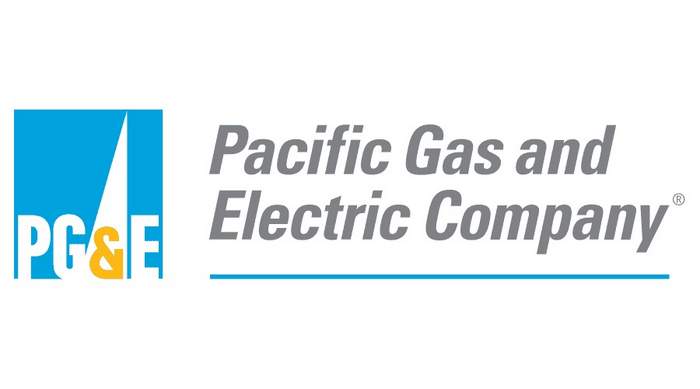Pacific Gas and Electric Company (PG&E) reports that it exceeded California’s Renewables Portfolio Standard (RPS) goal requiring energy providers to deliver 33% renewable energy by the end of 2020. PG&E estimates that it delivered over 35% from specified eligible-renewable resources to its customers last year, according to its recent Form 10-K. PG&E’s diverse renewable energy portfolio includes these RPS-eligible resources: solar, wind, bioenergy, geothermal and small, eligible-renewable hydroelectric (30 megawatts or smaller) power.
Solar Power Growth
At 45%, large-scale solar energy accounts for the largest portion of PG&E’s total renewable energy power mix. The company has 239 RPS-eligible power purchase contracts, representing over 6,700 megawatts (MWs) of renewable energy; of that, over 4,100 MWs is solar energy. PG&E also owns 445 MWs of RPS-eligible generation, including 13 solar power plants, which are mainly located in the Central Valley and generate up to 152 MWs of clean power.
Additionally, PG&E has connected more than 535,000 customers with private rooftop solar to the electricity grid, and supports customers with resources before, during and after they go solar. Wild stat: The rooftop solar in PG&E’s service area represents about 20% of all rooftop solar in the country.
PG&E’s Solar Choice program offers customers an easy way to go solar—without installing rooftop solar panels. Through the program, customers can purchase up to 100% of their electricity from a community solar program generating power in California.
Progress on Battery Energy Storage
PG&E is investing in battery energy storage to enhance overall grid reliability, integrate renewables, and help customers save energy and money. The company currently has contracts for battery energy storage projects totaling more than 1,400 MWs of capacity to be deployed throughout its service area and the state through 2023. PG&E is well-positioned with the battery energy storage projects under contract to meet the state’s ambitious clean energy and storage goals, while ensuring grid reliability.
In addition to large, grid-scale battery energy storage, PG&E connects hundreds to thousands of new, behind-the-meter (BTM) battery energy storage systems to the grid every month. To date, more than 19,000 PG&E customers have installed and connected BTM battery energy storage systems to the grid throughout PG&E’s service area—most of which are residential customers—totaling more than 230 MWs of capacity.
A portion of these systems are funded through the Self-Generation Incentive Program (SGIP), in which PG&E provides financial incentives for business and residential customers installing new, qualifying equipment for generating and storing energy. This is one way that customers can be prepared for extreme weather events and possible Public Safety Power Shutoff events due to the rapidly changing environmental conditions in California.
California’s Renewables Portfolio Standard
Established in 2002, California’s RPS is one of the most progressive clean energy mandates in the country. Since then, the state has accelerated and increased the amount of renewable energy that retail electricity sellers must provide to customers. In 2015, Senate Bill 350 increased the 33% by 2020 goal to 50% by 2030. In 2018, Senate Bill 100 increased the goal again to 60% by 2030, and established state policy that all electricity retail sales must come from RPS-eligible or carbon-free resources by 2045.
— Solar Builder magazine
[source: https://solarbuildermag.com/news/pacific-gas-and-electric-solar-and-storage-report-for-2020/]

Leave a Reply
You must be logged in to post a comment.